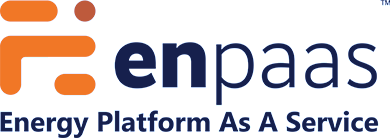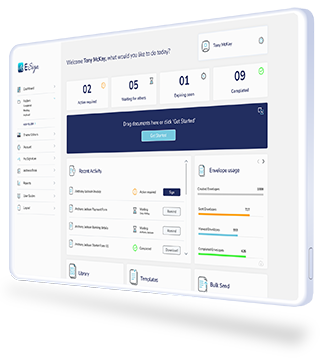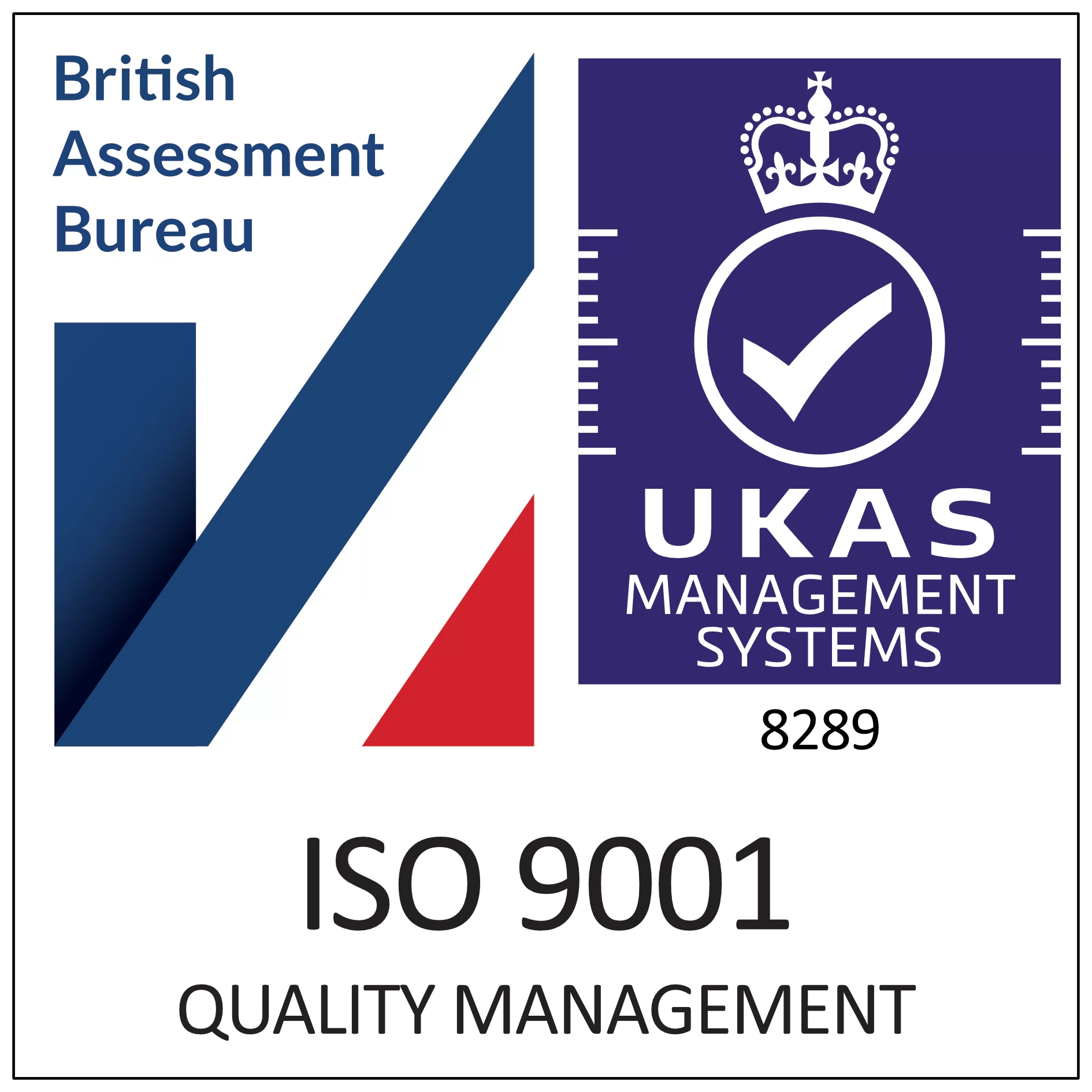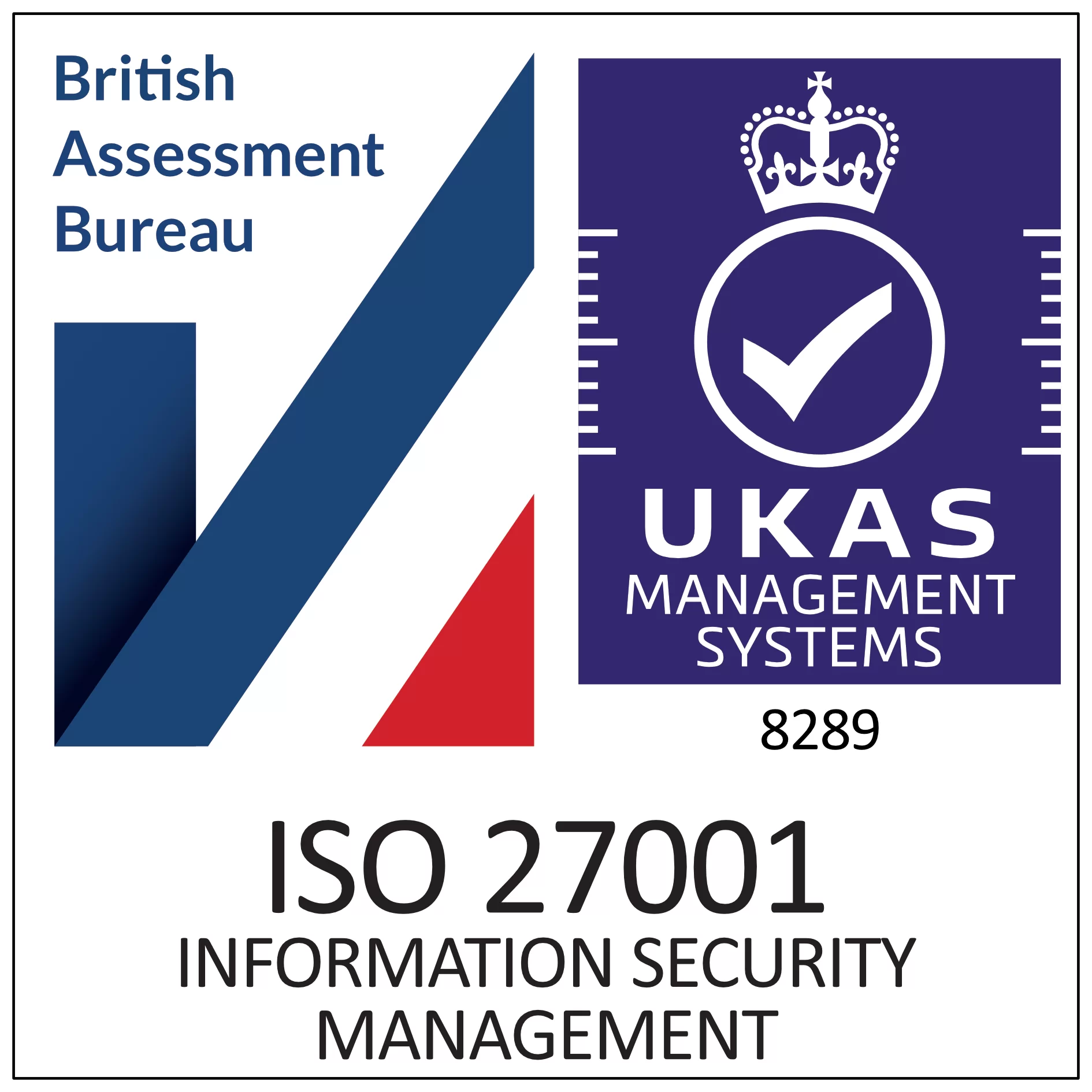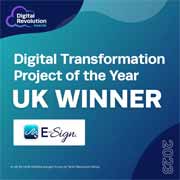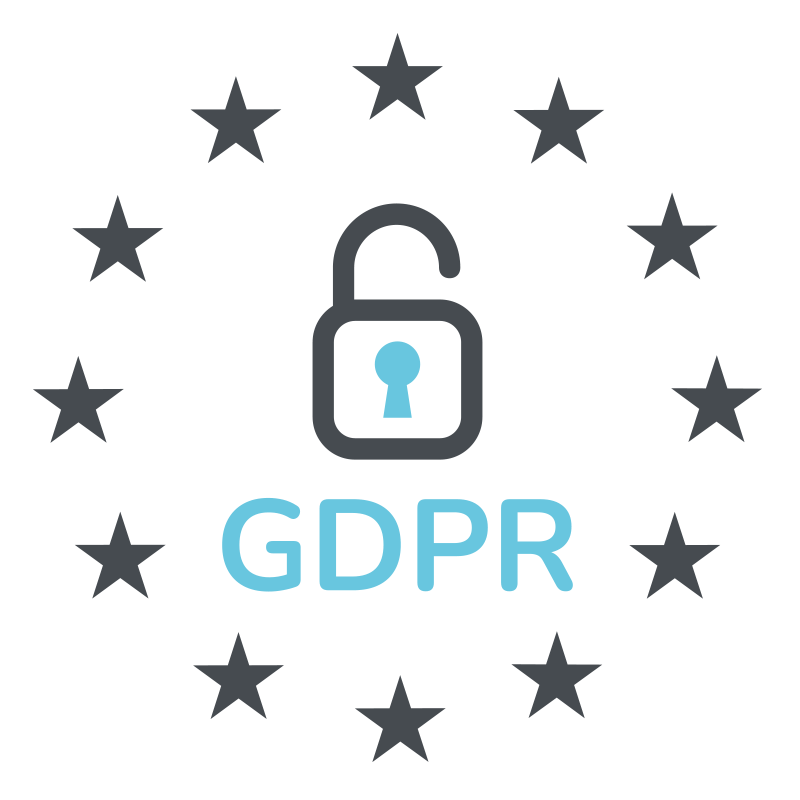The Legality of eSignatures in Norway
Explore the legality of electronic signatures in Norway and the laws and regulations that govern their use.

Trusted By
Are eSignatures Legally Binding in Norway?
Documents that can be signed electronically
The documents below do not follow any specific requirements under Norwegian law, meaning they can be signed with any type of e-signature defined under eIDAS.
- Banking
- NDAs
- Chattel paper
- Lending
- Procurement
- Corporate resolutions
- Education
- Procurement
- Government filings
- Real estate
- Insurance
- HR
- Documents to be recorded
- High tech
- Life sciences
- Consumer transactions
- Healthcare
Documents that may not be electronically signed
Despite there being no general restrictions to the use of e-signatures, there are some specific restrictions to be aware of:
- A real estate deed conveyance must be filed physically with a handwritten signature. However, almost all transactions in Norway are completed with a registered real estate agent. Therefore, in practice, most deeds are filed electronically with an e-signature.
- Transactions that are subject to reporting under the Money Laundering Act shall obtain and confirm the customer’s identity by presenting valid identification.
- A certificate of debt can only be used for enforcement against the issuer when the signature is handwritten and confirmed by two witnesses.
Types of e-signature permitted in Norway
The eIDAS regulation defines an electronic signature as data in electronic form which is attached or logically associated with other data in electronic form and which is used by the signatory to sign. It distinguishes between three types of e-signature, simple, advanced, and qualified.
- Simple – the most basic form of e-signature that can be in the form of typing your name at the bottom of an email or checking an approval box. There are no specific security or identity verification requirements for a simple e-signature.
- Advanced – this type of signature is uniquely linked to the signer, can accurately identify the signer, is created using data that the signer can be confident is under their sole control and is linked to the data in a way that detects any subsequent changes that are made. Advanced electronic signatures are more secure than simple signatures and are legally binding in most use cases.
- Qualified – this type of signature is similar to advanced but has additional requirements providers must adhere to. They must be certified based on public keys that have been issued using proper technological means. This means that the identity verification process is multi-step, using both encrypted keys and two-factor authentication.
Notable legality changes since 2020
In January 2023, the new Financial Contracts Act was introduced which allows for the use of electronic signatures. The preparatory works confirm that when the law requires a written document, both paper and another suitable medium can be used. The Act also introduced a separate provision relating to the burden of proof for financial agreements using electronic signatures.
This means that the service provider has the burden of proof to confirm that an agreement was correct, authenticated, validated, and registered if there are any disputes or queries from a person who denies consenting to the conclusion of the agreement. Additionally, the FCA introduced a cap on the user’s responsibility in instances of misuse of electronic IDs.
Publicly Accessible Links to Laws/Regulations Discussed
Disclaimer
The content provided on this website is meant for general informational use only and does not constitute legal advice. Legal regulations on this topic can evolve rapidly, so E-Sign does not ensure that the information presented here is always up-to-date or accurate. If you have particular legal concerns regarding any details on this site, it is recommended that you consult with a licensed attorney in your jurisdiction.
Last Updated 9th October 2024















